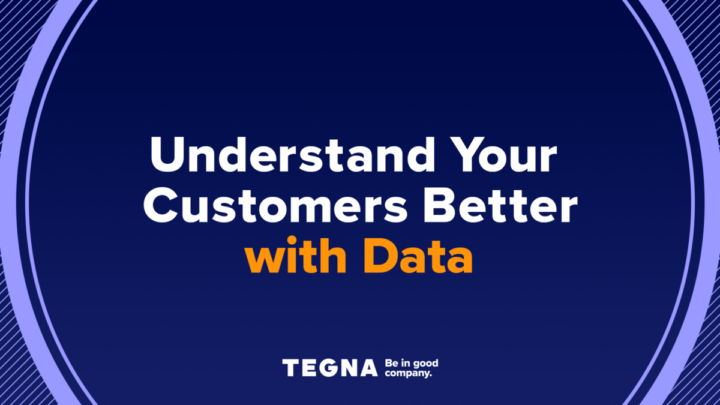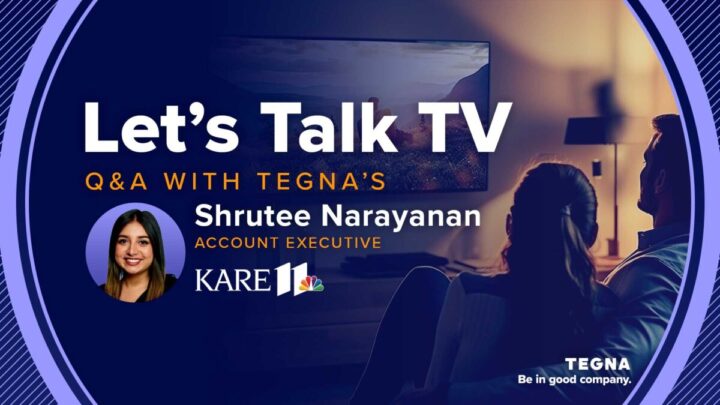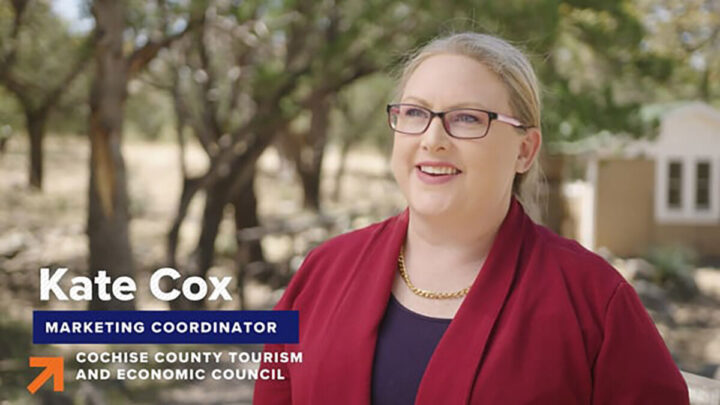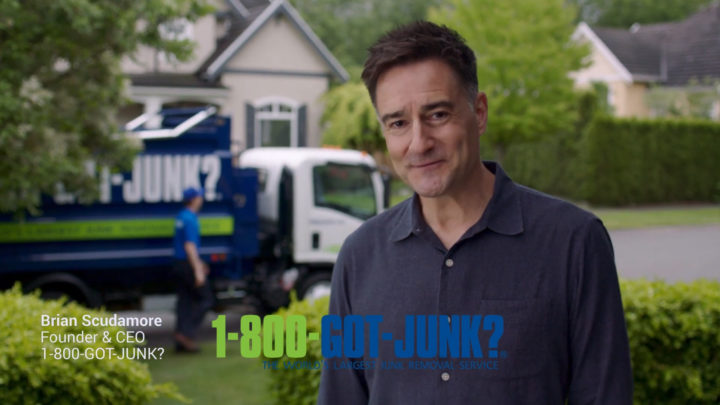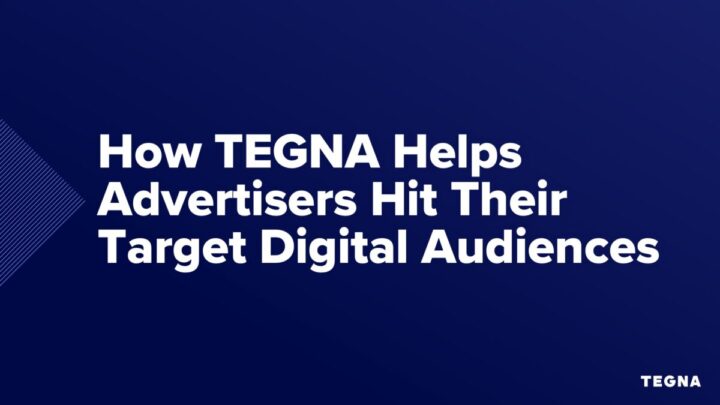The Ultimate Guide to Video Advertising
Video advertising is a vital part of an effective content marketing strategy and can be used to achieve a number of marketing objectives. Learn more.

Video is a vital part of an effective content marketing strategy and can be used to achieve a number of marketing objectives, from brand positioning to product promotion. Let’s dive into all things video advertising.
What is Video Advertising?
Video advertising uses video to grow brand exposure and sell products and services. Utilizing video as a part of a larger advertising strategy with consistent messaging drives overall brand success.
Video Advertising Formats
- Linear Ads: Linear ads include TV advertisements and in-stream advertisements and are placed before (pre-roll), during (mid-roll), or after (post-roll) scheduled/selected video content.
- Non-Linear Ads: Non-linear ads appear outside the scheduled/selected video content and include overlay and non-overlay. Non-linear ads do not disrupt content playback and are ideal for live-streamed content.
- Interactive Video Ads: Common on mobile apps, interactive video ads require action by the user to play. For example, when you play a game on your phone and click to the next level, you are often prompted to watch a video advertisement before continuing.
- Outstream Ads: Outstream ads appear as standalone video content, often seen with editorial content. Outstream ads do not require players to run.
The Advantages of Video for Advertising
Here are just a few of the many reasons to make video part of your marketing strategy.
1. Demand
HubSpot reported that the pandemic boosted online video consumption by 215% in the US. Then in 2022, audiences spent 19 hours per week watching videos online. On top of that, 96% of consumers watch explainer videos to learn more about products, and 89% are swayed to make a purchase.
Clearly, people love videos, and they want more! In fact, HubSpot also found that in 2023, more than nine out of 10 people are eager to see even more video content from brands.
2. Emotion
Content that tells a story is more likely to be shared and remembered. Video gives marketers the perfect outlet to tell captivating stories, evoke emotions, and connect with viewers in memorable ways. Whether it’s creative for a TV commercial or a behind-the-scenes snippet featuring your employees, the production quality doesn’t have to be silver-screen worthy. However, your approach should be thoughtful and keep your target audience in mind while staying authentic to your brand.
There’s no magic formula for making a video go viral. For video to help you reach your marketing goals, consider what you want viewers to take away from the experience. What do you want them to feel at the end? What do you want them to do?
3. Targeting
With TV advertising, you can use demographic and psychographic data to hone in on a particular station, daypart, or program that targets your ideal customer. If you currently advertise on local broadcast television, you can use online video impressions to increase your frequency within targeted markets. Local broadcast websites are the top digital source for news, presenting opportunities to leverage pre-roll and display advertising, which can include in-banner video.
Over-the-Top (or OTT) advertising enables you to reach the growing audience of cord-cutters, cord-nevers, and those moving away from broadcast and cable to stream their favorite shows and movies. With OTT advertising, you can deliver more relevant, targeted ads to the right audiences by using creative tailored to key demographic groups or behavioral and contextual groupings.
4. Engagement
Using video is also great for driving engagement and influencing purchase decisions. According to a 2023 TVB Media Comparisons Study, consumers credit TV ads as the most influential medium in making a purchase decision (23.6%). That’s more than double that of the second-ranked medium, social media, at 17.1.8%. The use of a video can also improve email click-through rates by 65% and add two minutes to a website’s dwell time or the time a visitor spends on the site.
5. Optimization
Video provides ways to track performance and measure ROI in detail, whether your video is for TV or online. When deciding when and where to air your TV commercials, you should be able to access extensive data about the reach of a show or network’s programming. Reach is fundamental in calculating gross rating points, a common metric for evaluating TV ad campaigns. A rating point is one percent of the potential audience — so a show with a rating of 10 receives 10% of the viewers. If a TV ad reaches 30% of its target audience and the ad shows five times, the ad campaign has 150 gross rating points.
The view count indicates your reach for your online video advertising and other video content on your website and social pages. The engagement rate indicates how many of your video viewers watched, which helps you assess the quality and usefulness of your video. By measuring social shares, you can get an idea of how enjoyable your video is.
The metrics and benchmarks you develop in your planning stage can be used in real-time to gauge whether or not your video content is successfully reaching and influencing your audience. This means you can course correct when necessary to improve your results.
Tips for Creating Successful Video Ads
Creating a successful video ad can be challenging for many organizations. Below are a few ideas for delivering a good experience
Maximize The First Few Seconds
The first few seconds of a video advertisement can make or break the success of an ad. When constructing the ad, creating a catchy, intriguing intro draws in the viewer and sets the tone.
Add Subtitles
Nothing is more disruptive than a loud video advertisement. As a result, many publications will have video ads play silently in the background, or users may have their sound turned off as a default. You should prepare for this by ensuring that your ad still works, even when silent. Consider adding subtitles to your ads and having all important text on the screen.
If your video is playing on a webpage banner or pop-up (when users haven’t opted to watch something online), consider muting the sound if possible.
Strong CTA
Video advertisements must have a strong, clear CTA providing viewers with a clear next step to drive conversions.
Combining Digital & Television Video Campaigns
Combining digital and TV is the way to go to maximize the results of a video advertising campaign. This strategy allows you to reach a larger audience and collect data to optimize messaging. Additionally, increasing brand touchpoints supports brand recall. For example, if a viewer sees a television ad that they connect with, when they see the same ad pop up on a website, they are more likely to take notice. By combining two persuasive platforms for advertisements, your brand can increase ROI.
The Future of Video Advertising
Businesses that want a competitive advantage in the marketplace should leverage video advertising. Consumer behavior continues to provide insights into video advertisement preferences as we see shorter, more concise messaging across platforms. Additionally, introducing new technologies like AI will provide businesses with enhanced targeting capabilities for higher conversion rates and increased ROI.
Start Benefiting from Video Advertising with TEGNA
Video is a powerful tool that can positively impact many areas of your marketing strategy if planned and implemented correctly. Contact Team TEGNA today to learn more.






